6 "Healthy" Foods a Nutrition Coach Says Are Secretly Adding Hundreds of Calories
Do you really know how many calories are in your favorite "health" food? Ashley DiGiacomo Schwartz is a Fitness & Nutrition Body Recomposition Coach-BA/IMBA who transformed her body during perimenopause. In a new social media post, she reveals a few of the sneakiest higher-calorie foods that keep a lot of her clients from achieving their weight loss goals. "Balance and moderation are essential for long-term habits, but when you're in a deficit and need to lose that weight, awareness is key. Plan well and avoid these foods in your deficit, or at least make sure you are tracking them properly and staying within your macros," she writes. "Let's reach that goal and keep the weight off."
Many People Make Mistakes When It Comes to Calorie Deficit
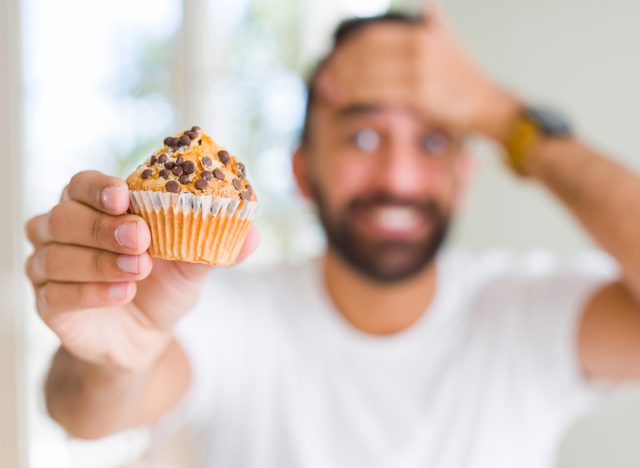
Ashley explains that while a few factors that contribute to weight loss can be easy to keep track of, there is one hazy category. Workouts, steps, and water may be black and white, but not "calorie deficit," which she refers to as a "maybe" because many people don't understand how many calories are in their favorite foods. "Remember, any food eaten in excess can cause weight gain, and no, it's not that one cupcake's fault. (On a side note, have the cupcake, just not every day, or maybe every day if it fits your macros!)," she writes in her post.
No Food Is Bad or Good
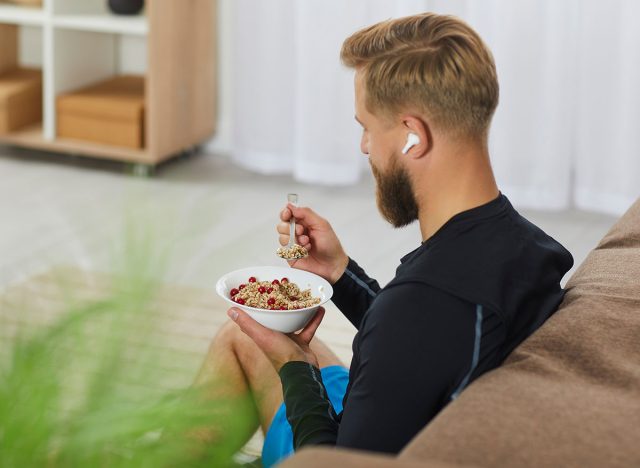
Food doesn't have to be demonized, says Ashley. "Please remember, no food is bad. It is about everything in moderation. But if you are struggling with your calorie deficit, it might be one of these 6 foods putting you over those calorie goals!" she writes.
Smoothies
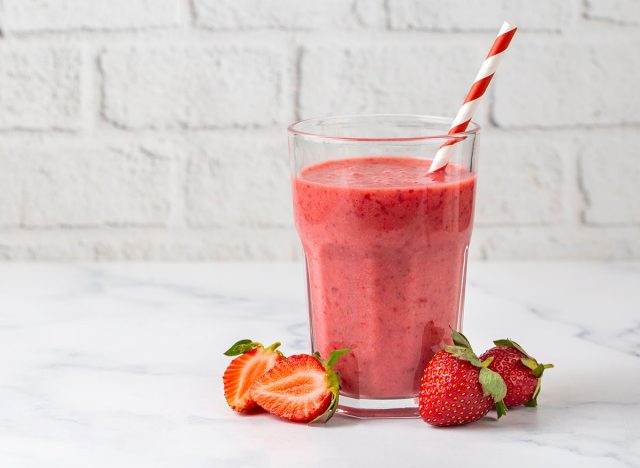
The first sneaky food is one that many health experts recommend: Smoothies. "A 16 oz smoothie with added fruits, yogurt, and honey can contain 300-600 calories, especially with extras like nut butter or protein powder," she says.
Avocado Toast
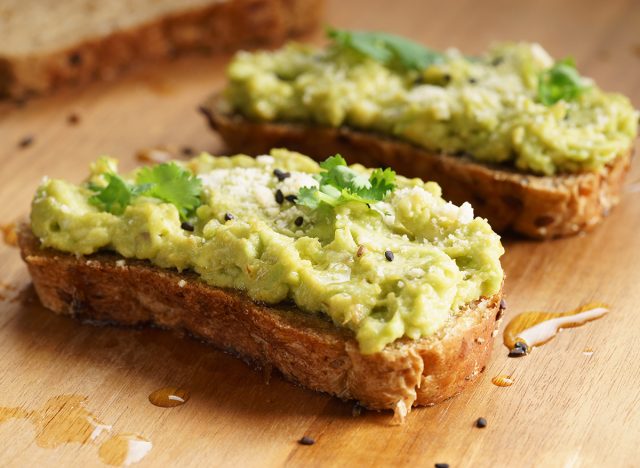
The next high-calorie food is a favorite of millennials: Avocado toast. "One slice of toast with half an avocado can easily reach 300-400 calories. Yes, it's delicious, but maybe not while we're trying to lose body fat," she says.
Pumpkin Spice Latte
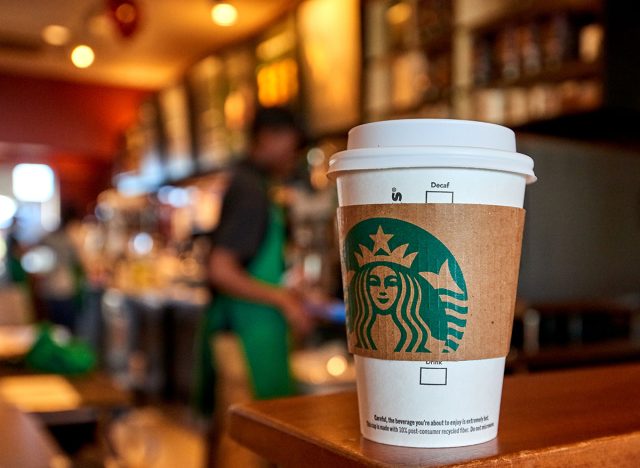
It may be tempting to order a seasonal drink at Starbucks, but it could be derailing your diet. Pumpkin Spice Lattes – "or any flavored latte" – are high in calories. "I know you love them, but that daily Starbucks run is racking up nearly 400 calories with 50 grams of added sugar, and that's for the grand size," says Ashley.
Acai Bowls
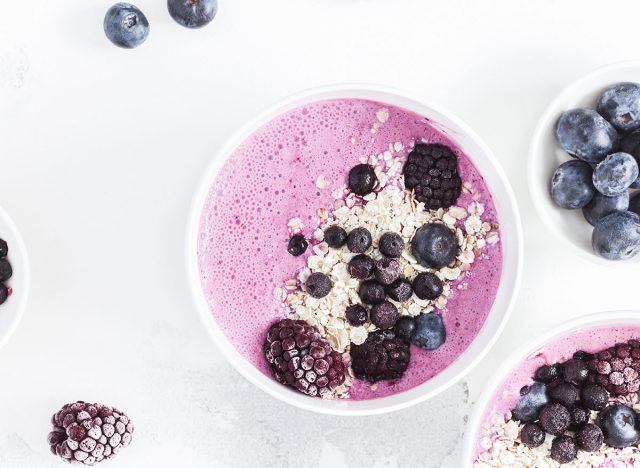
Another "health food" that might not be as healthy for weight loss as you think? Acai Bowls. " A standard acai bowl with toppings like granola, honey, and coconut flakes can be 500-600 calories and 30-60 grams of sugar," she says.
Protein Bars
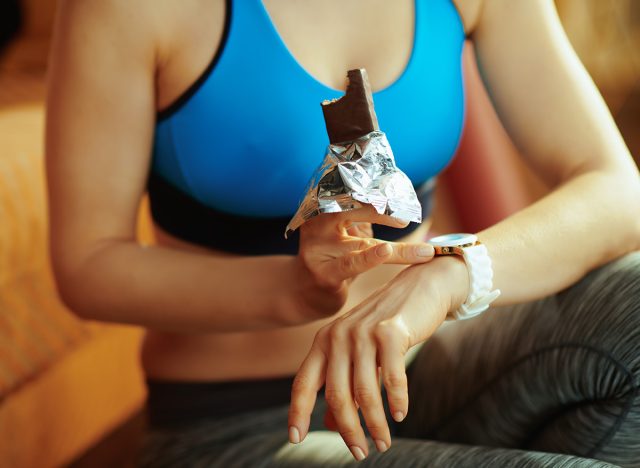
The next higher-than-you-think calorie item on her list? Protein Bars. "One store-bought protein bar can range from 200-300 calories, depending on ingredients and size, and may not have as much protein as you think," she says.
Salad Dressing

The last item is a popular condiment: Salad dressing. "2 tablespoons of creamy dressing (like ranch or Caesar) can add around 150-200 calories to your salad. Most people don't properly measure salad dressing when they put it on their salad because they figure they are 'eating healthy,'" she writes.
RELATED: 51-Year-Old Trainer Reveals 6 Exercises for a "Sezzy" Back
Consume Whole Foods and Lean Proteins
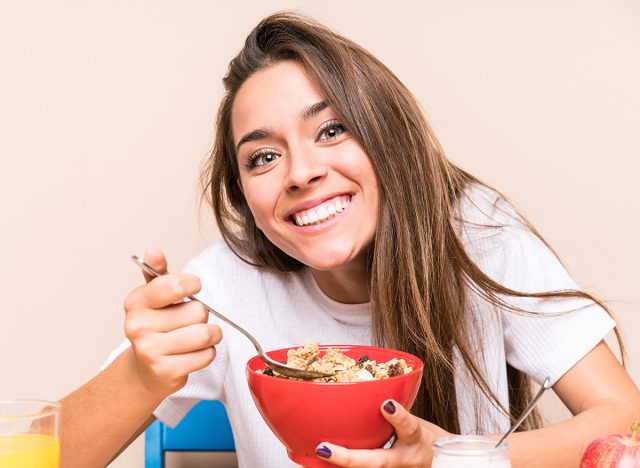
And don't skip breakfast – especially if you are working out. "Your cortisol is highest first thing in the morning, and by working out in that state without any food in your system, it creates more unnecessary stress on your body," she says. And if you enjoyed this article, take advantage of these 15 Quick Ways to Lose Body Fat Percentage in a Week.





